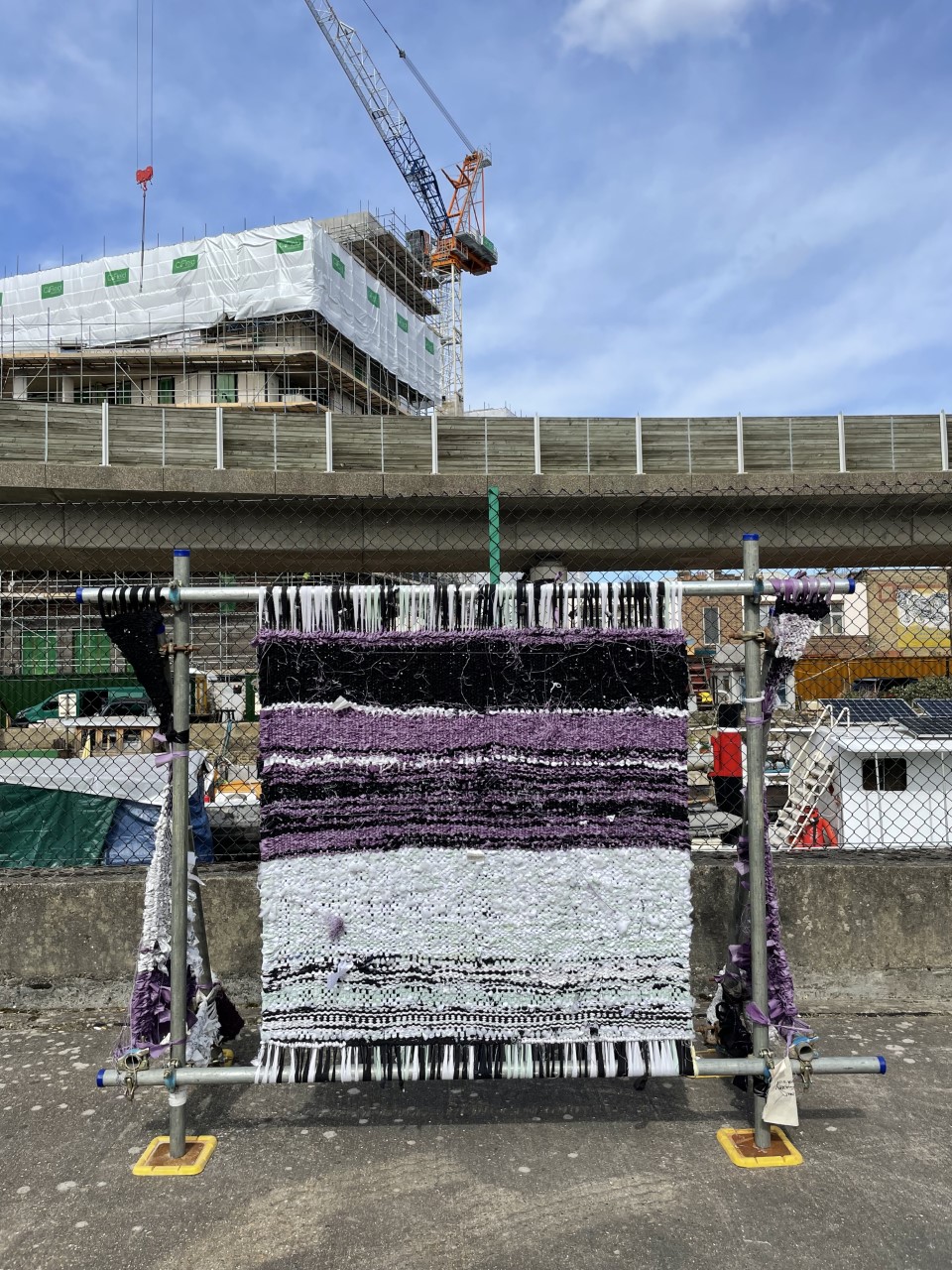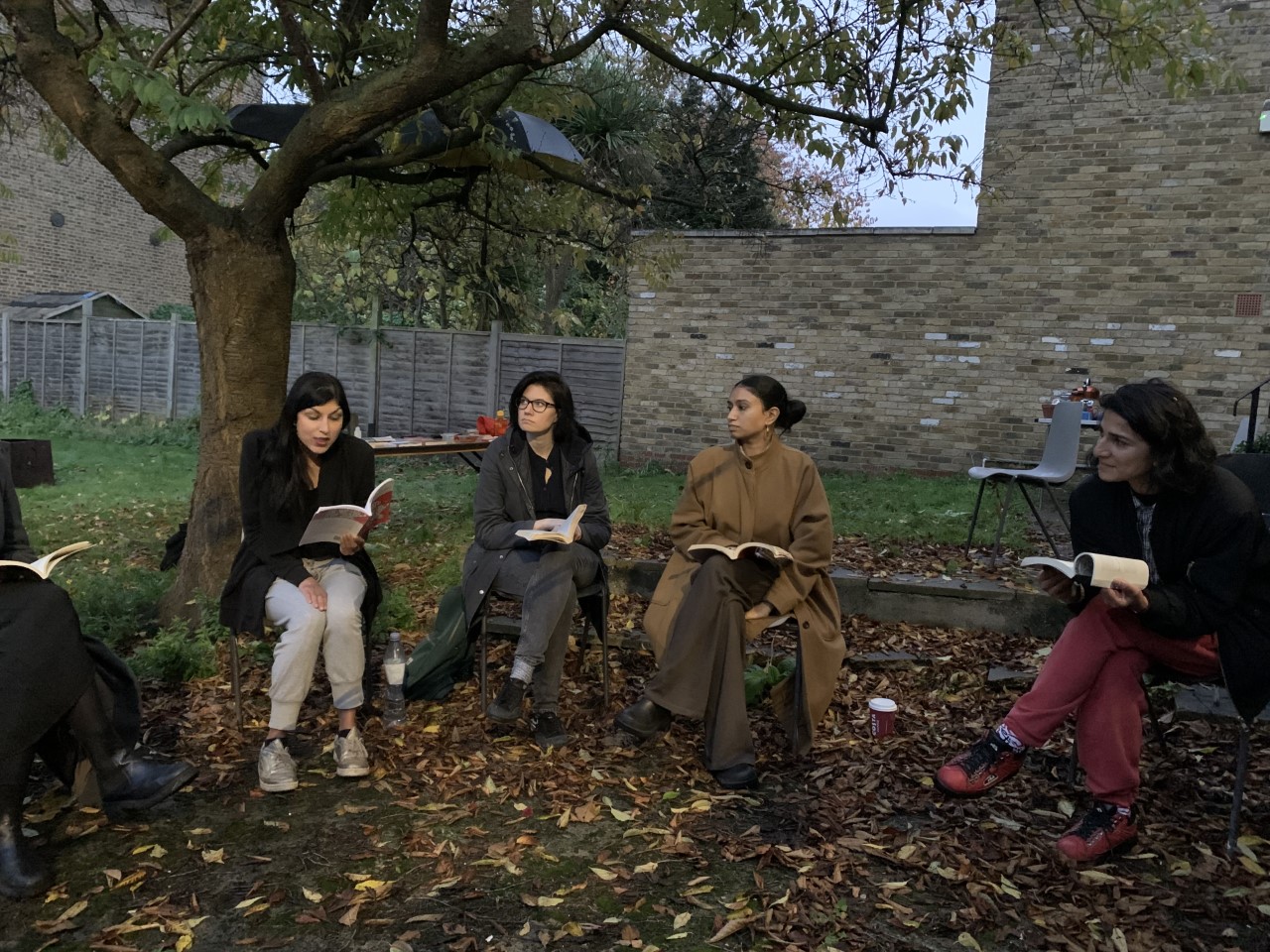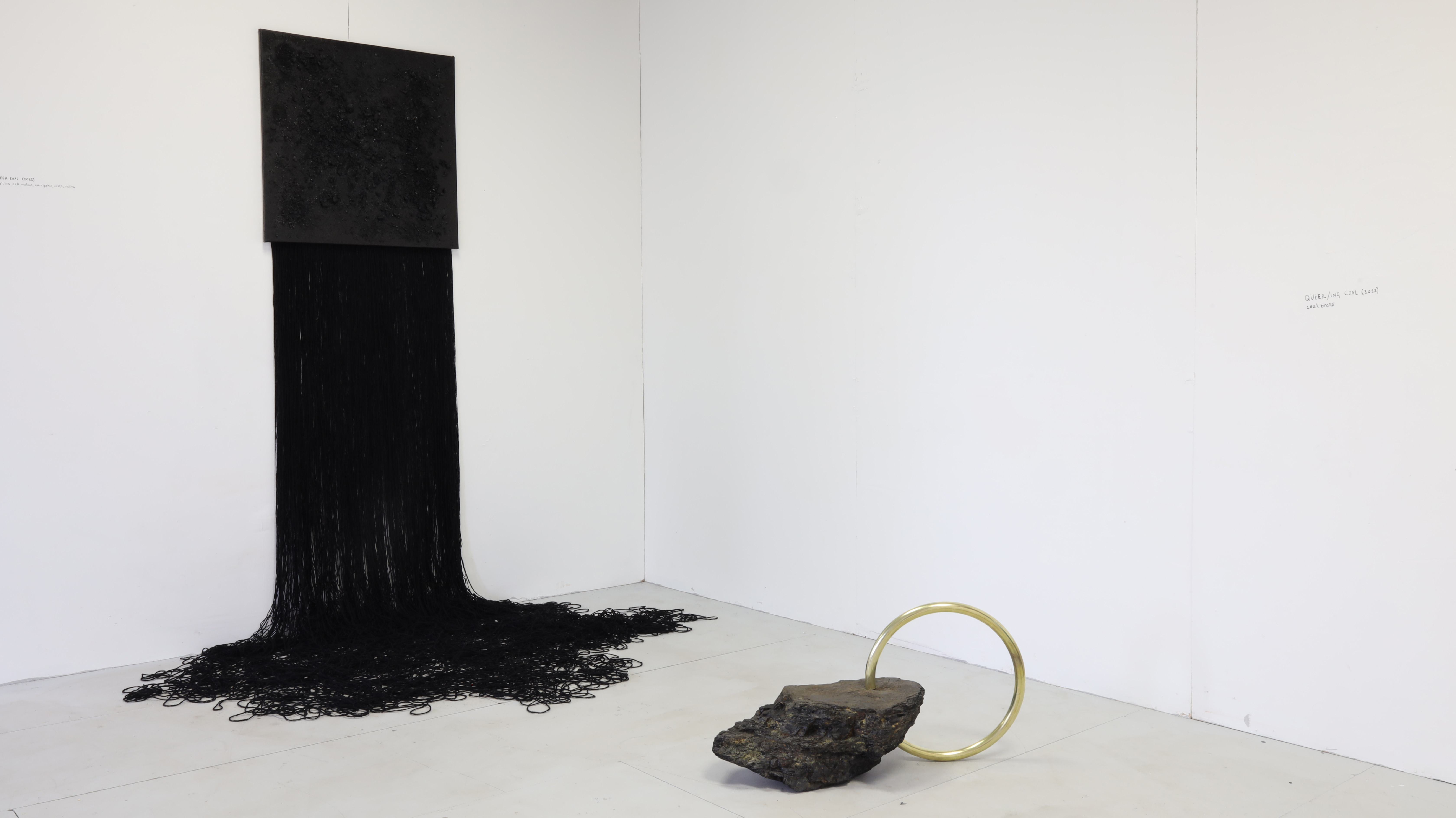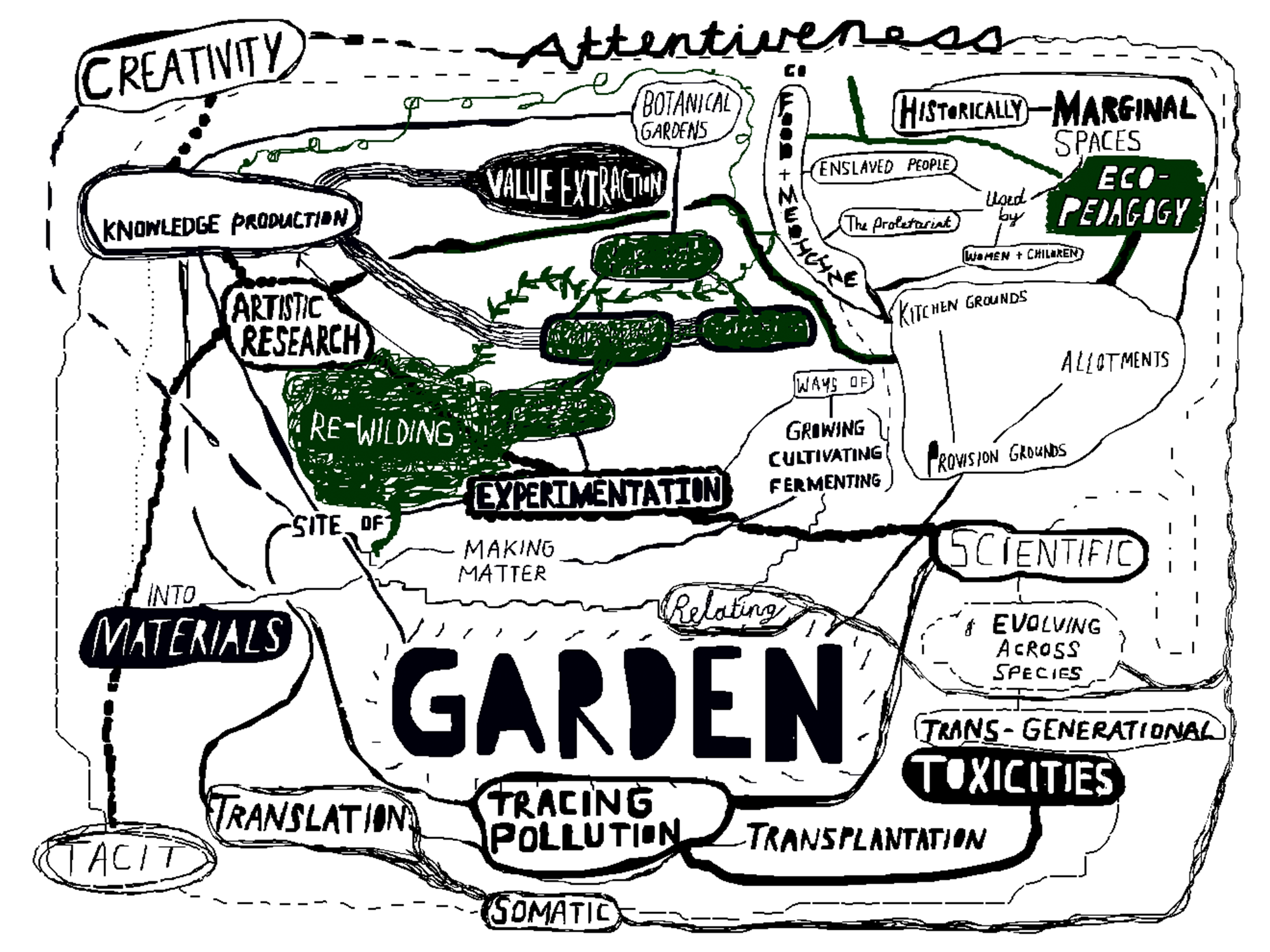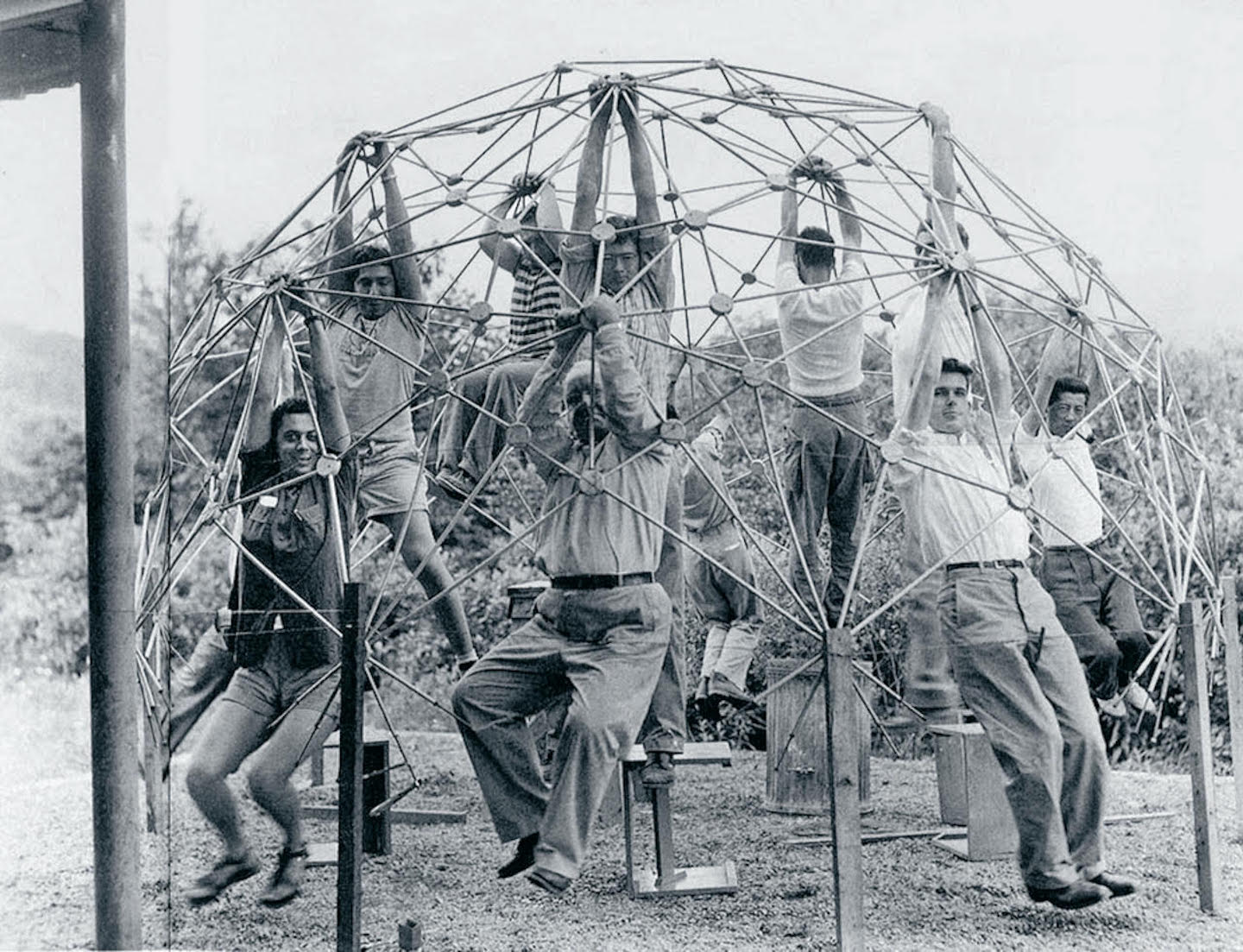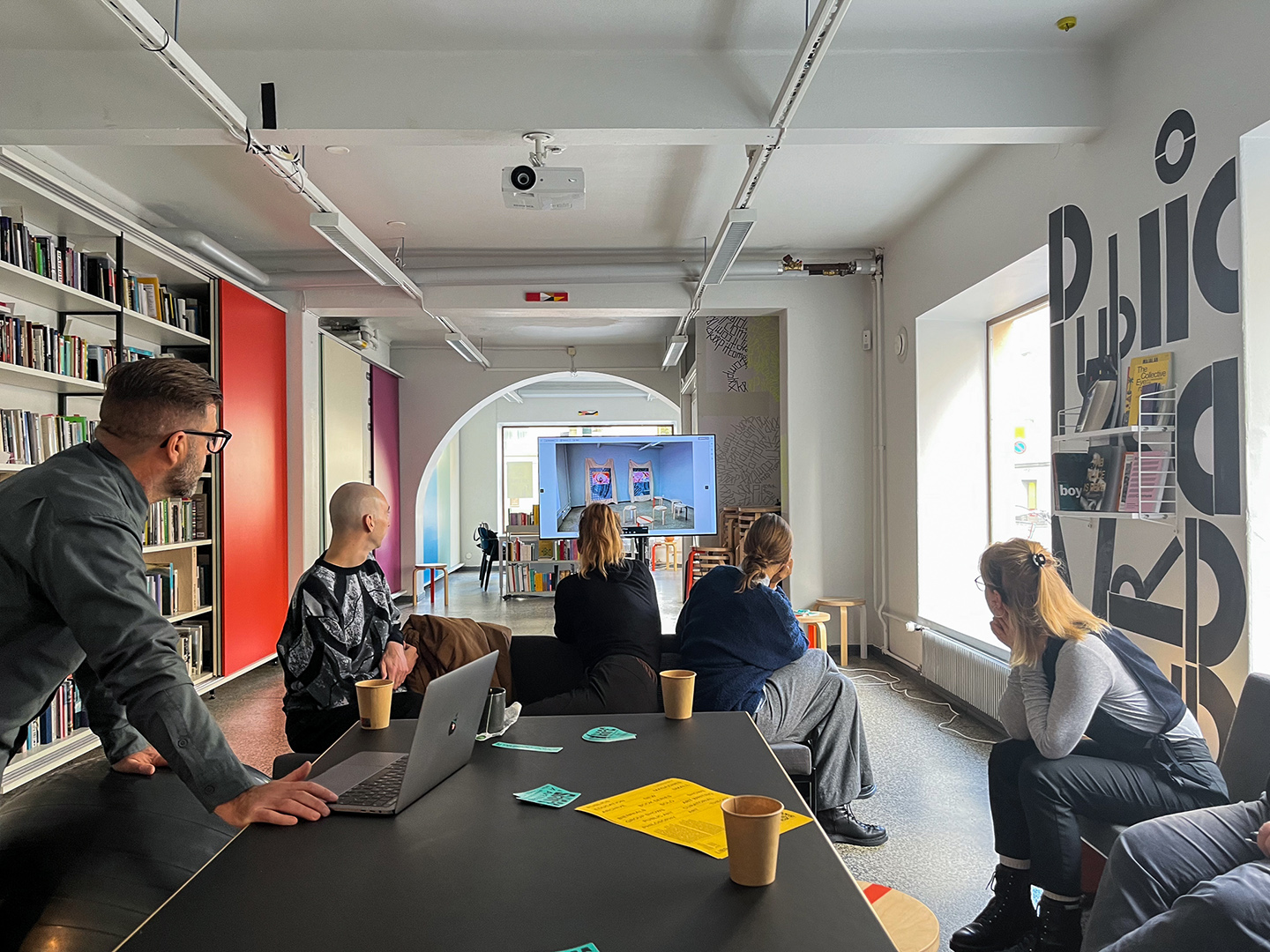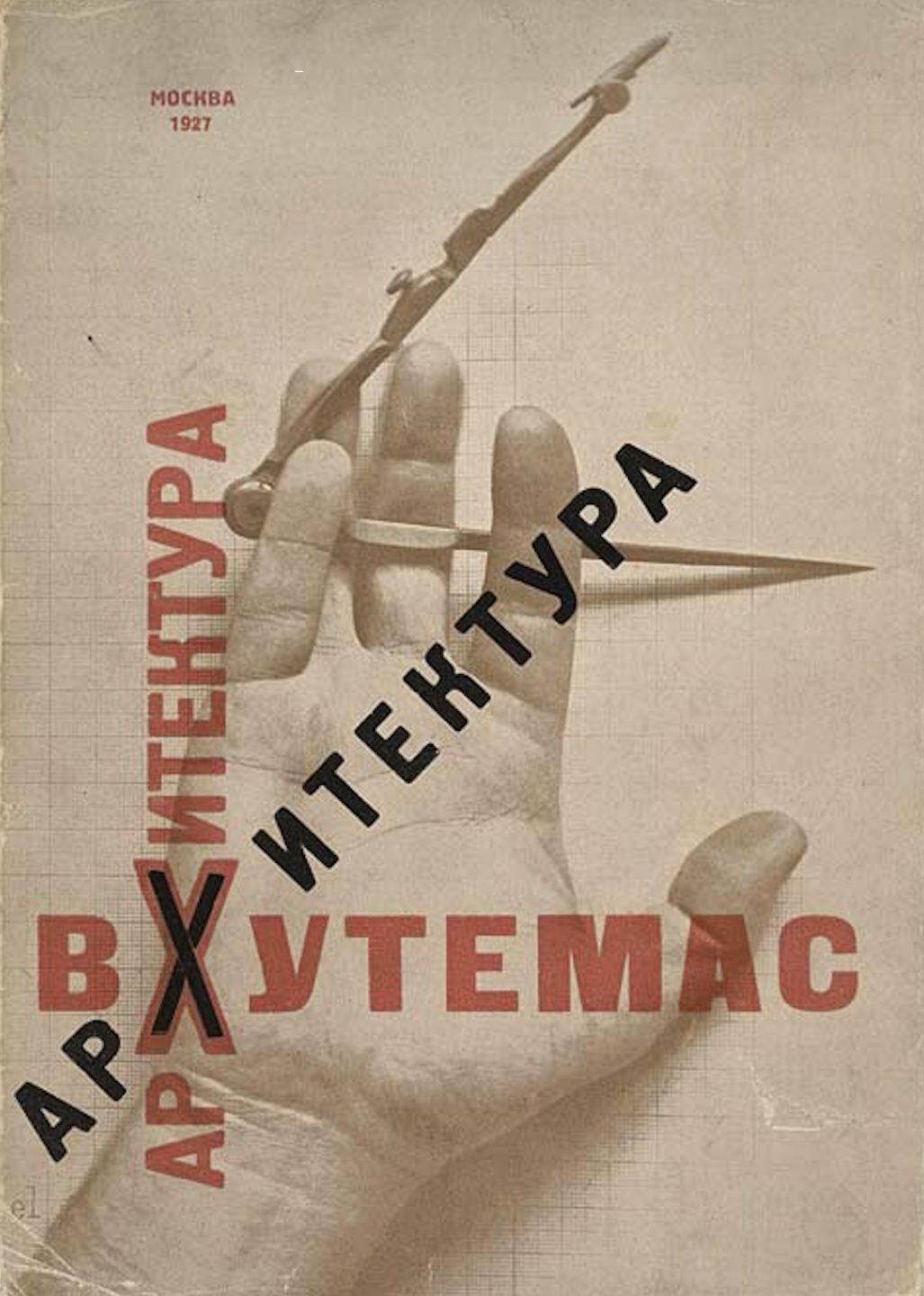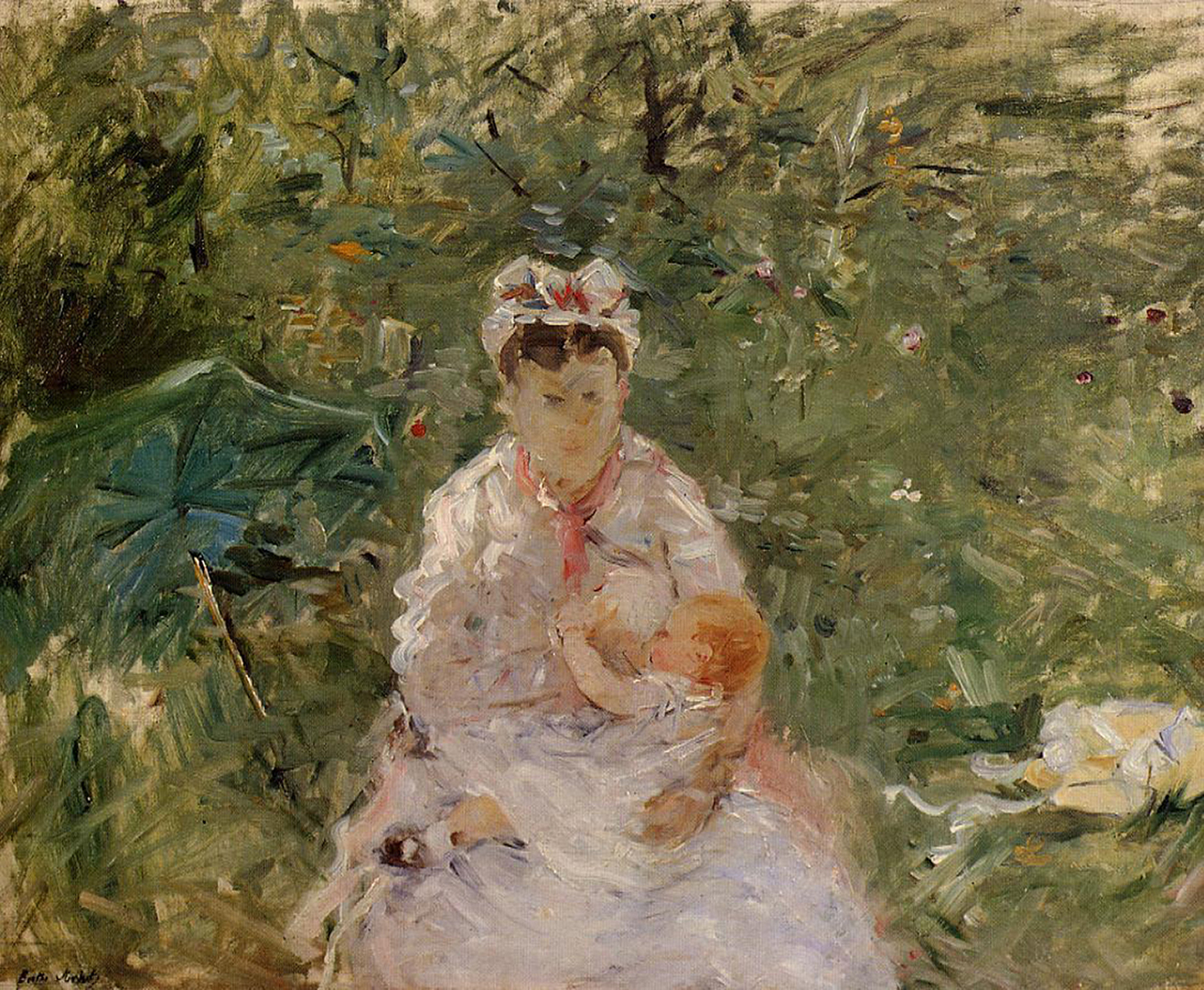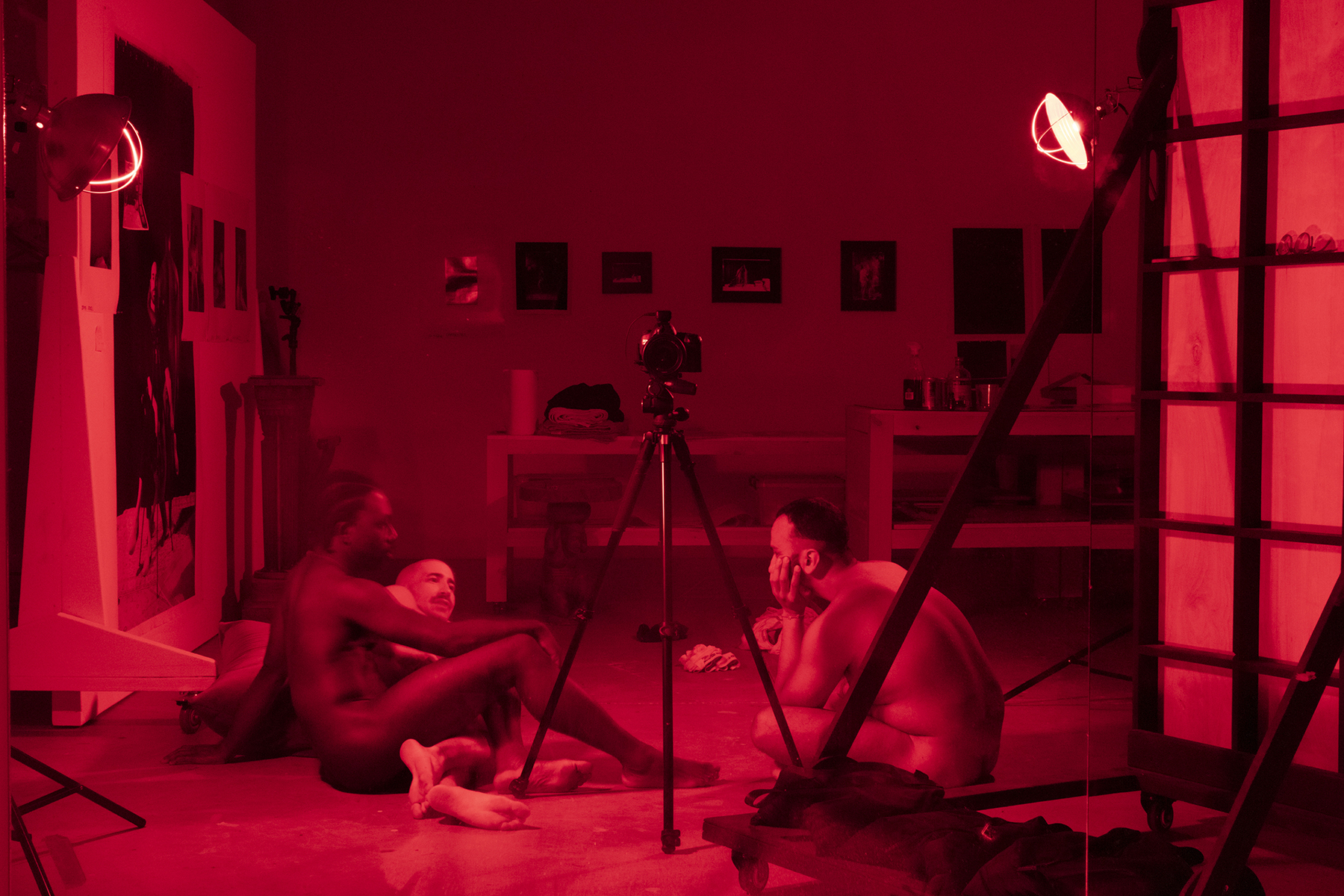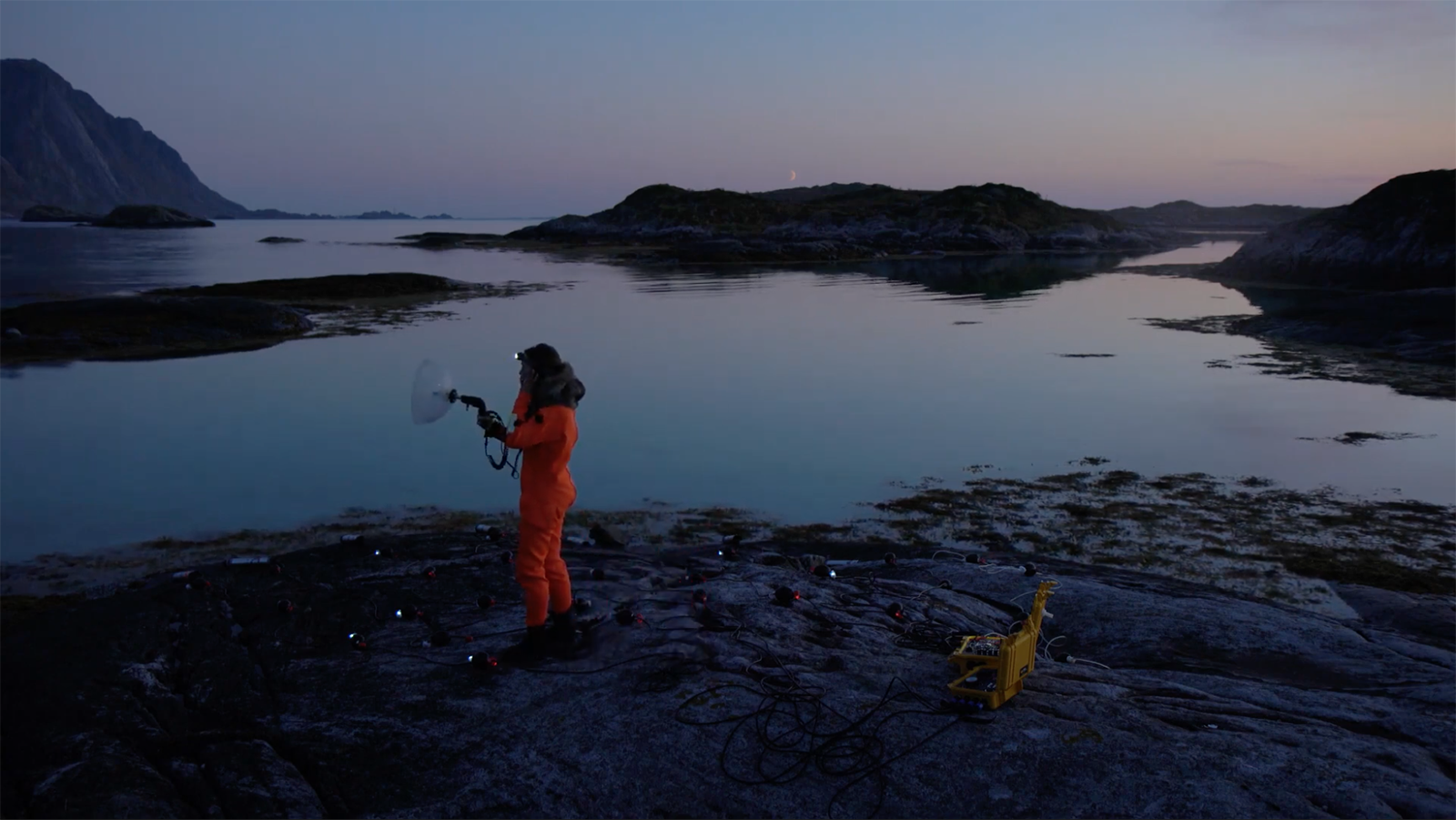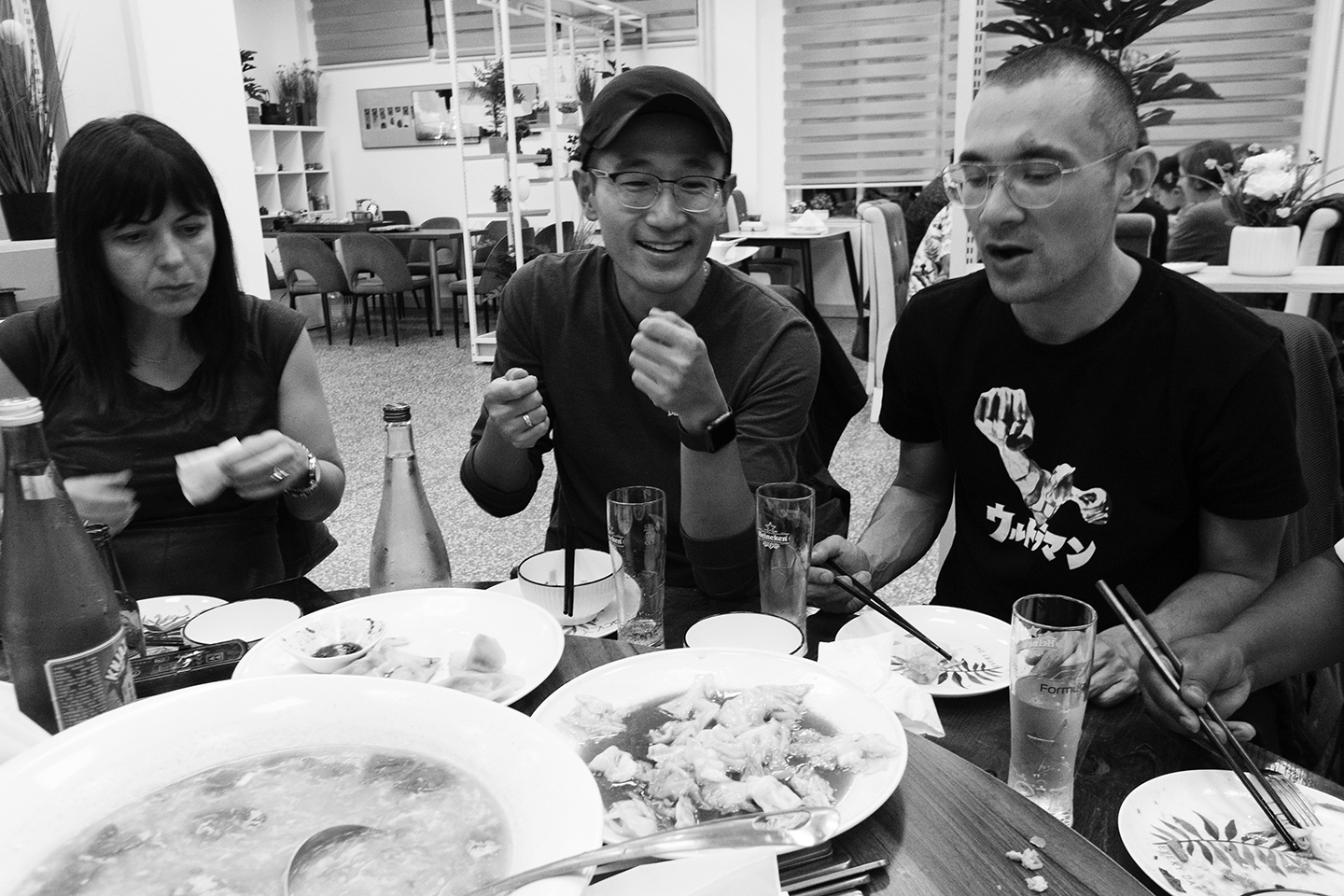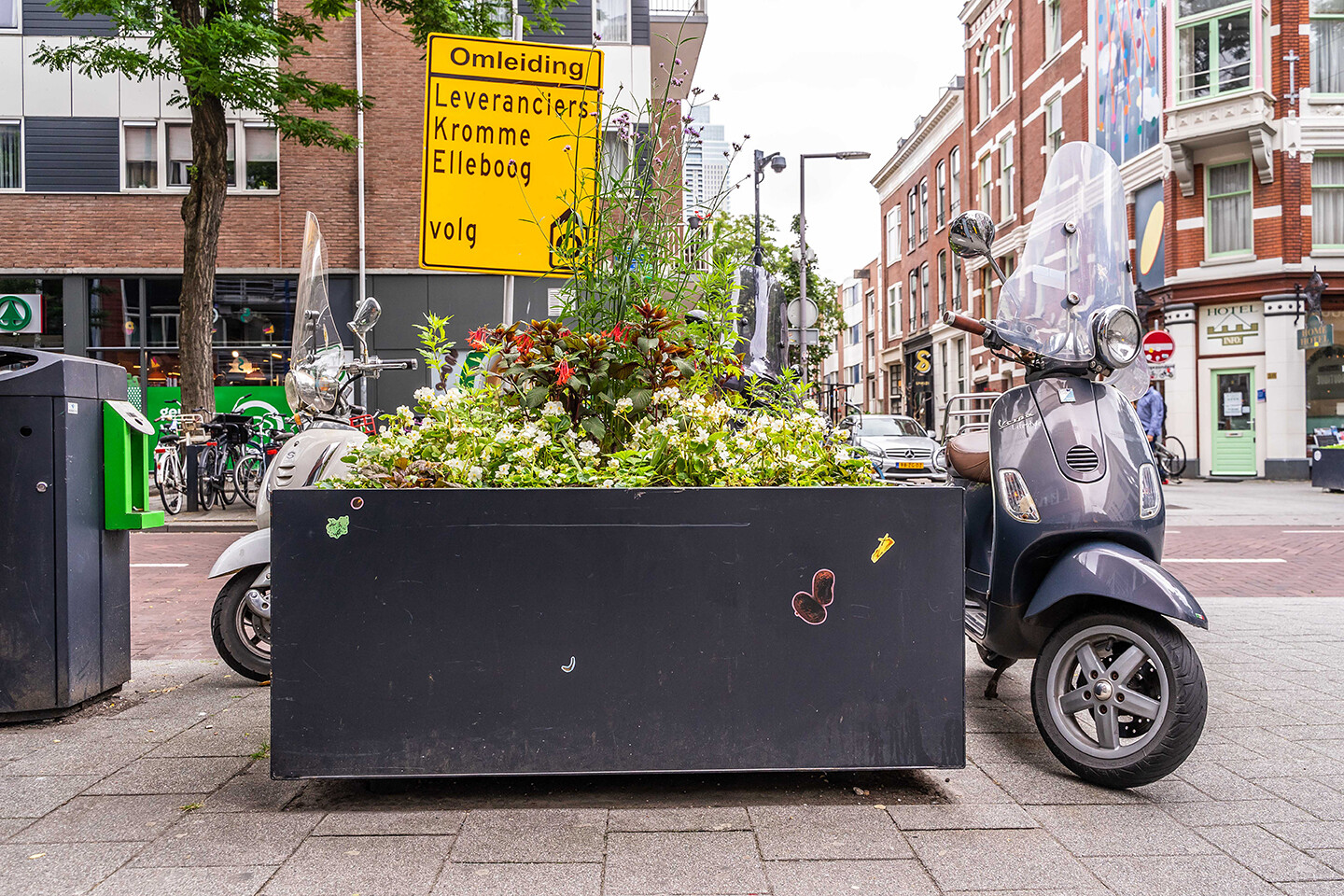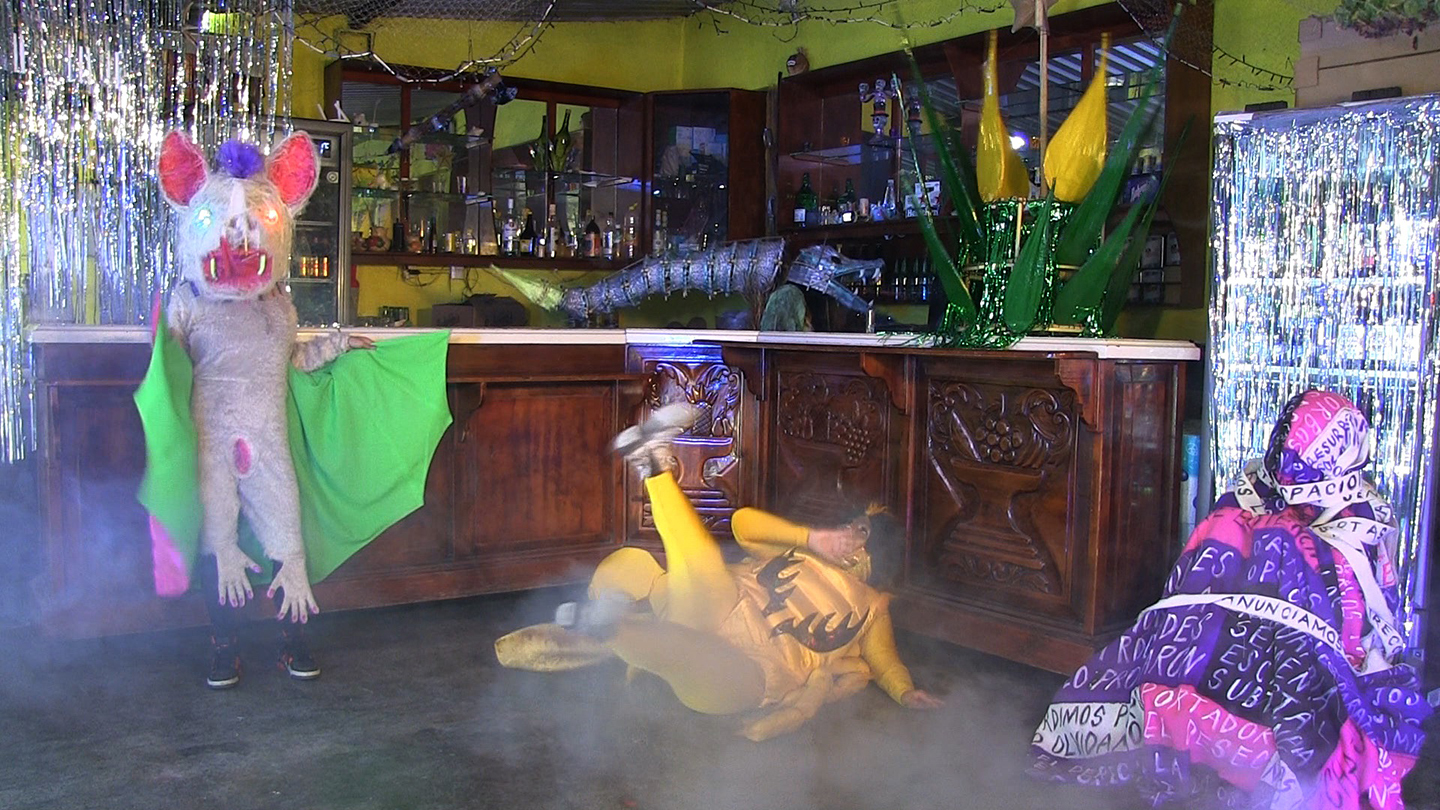Office Hours: Dr. Ros Gray: Goldsmiths, University of London
1. Why did you decide to go into teaching?
I first came to teaching in 2003 as a PhD student in visual cultures at Goldsmiths. There I had my first experiences with experimental, collaborative, and exploratory modes of teaching, facilitating group projects in which students shaped their own curricula and forms of creative presentation. One transformative moment came in an introductory art history seminar: I asked students to make their own maps of art history, and one student made a drawing of an underwater scene. “Friendly” art movements, such as impressionism, were at the surface, represented by dolphins and turtles. Further down were more predatory creatures, like a shark who represented cubism. A large rock on the sea bed was the Renaissance, and behind that was a “feminist art” sea monster. The student could articulate her anxieties about her subject in a manner that expressed how all our histories are layered in complex, affective, and nonlinear ways. By the end of the term, she was writing essays about feminism. Finding that I could contribute to that kind of growth inspired me to teach.
2. What drew you to your school and what is your teaching philosophy?
Goldsmiths has offered me a context in which to engage with artists who address the urgencies of the present, with all its complicated inheritances, and to imagine alternatives in incredibly diverse ways. It’s been exciting to see the important work that has emerged at Goldsmiths in recent years involving creative and critical anti-colonial, feminist, and queer approaches to ecology and environmental justice, particularly the work of researchers and artists in the Critical Ecologies research stream.
For me, this has entailed linking theory and academic inquiry with practical engagements to create spaces for ecological care and artistic research, such as the Art Research Garden, of which I’ve led the development. My approach to teaching is aligned with the art department’s focus on student-centered learning—I want to find out the driving questions and singular passions that artists bring to the materials, stories, sites, and issues they are situated in. At the same time, when working with groups of students it is vital to build a common ground, whether through a set of mutually agreed upon approaches or texts and artworks that we can engage with collectively. In my teaching, I seek to foster values of mutual respect, critical rigor, and creative curiosity to enable inclusive and transformative learning experiences. I believe that art-making works best as a question to the world, suggesting a new conjuncture or way of seeing, rather than necessarily providing solutions.
3. What theory and art history do you consider most essential for your students? What artist or artwork do you refer to most often?
I try to ensure that curricula and teaching formats are supportive and emancipatory, centering anti-racist, anti-colonial, feminist, LGBTQ+, and neurodiverse perspectives and drawing attention to structures of power at work within epistemes that may be most powerful when they are invisible. While the MA Art & Ecology students’ own artistic research drives much of their theoretical and practical work, I teach a course of lecture-seminars called “Histories and Theories of Art & Ecology” that is designed to give them a strong and broad grounding in the most essential ideas and practices that they need to know about to navigate this expanded and fast-evolving field with confidence.
Read more of Ros Gray's Office Hours on School Watch.
Office Hours is a questionnaire series that gathers insights on teaching from artists. In response to ten prompts, educators reflect on the discourses and approaches that animate their teaching, share their visions for the future of art education, and offer advice for students navigating the field of contemporary art.
School Watch presents critical perspectives on art and academia. Featured profiles, surveys, and dialogues consider education in fine art, curating, and critical theory, as well as the ideas and conditions that influence practice.
